New images of the dwarf planet Ceres, taken from 2,700 miles above by NASA’s Dawn spacecraft, show the surface of this mysterious world in sharper detail than ever before.
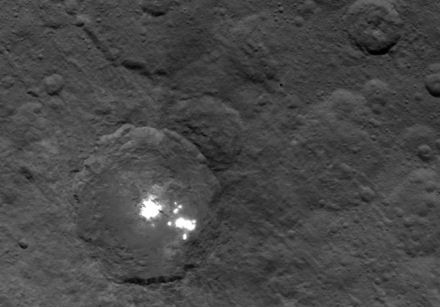 The new images are of the brightest spots, which are located in a crater about 55 miles across. The largest bright area in this crater is about 7 miles across. NASA scientists say the spots consist of many individual bright points of differing sizes, with a central cluster. So far, there is no obvious explanation for their observed locations or brightness levels.
The new images are of the brightest spots, which are located in a crater about 55 miles across. The largest bright area in this crater is about 7 miles across. NASA scientists say the spots consist of many individual bright points of differing sizes, with a central cluster. So far, there is no obvious explanation for their observed locations or brightness levels.
“The bright spots in this configuration make Ceres unique from anything we’ve seen before in the solar system. The science team is working to understand their source. Reflection from ice is the leading candidate in my mind, but the team continues to consider alternate possibilities, such as salt. With closer views from the new orbit and multiple view angles, we soon will be better able to determine the nature of this enigmatic phenomenon,” said UCLA’s Chris Russell, principal investigator for the Dawn mission.
 Numerous other features on Ceres intrigue scientists as they contrast this world with others, including protoplanet Vesta, which Dawn visited in 2011 and 2012. Craters abound on both bodies, but Ceres appears to have had more activity on its surface, with evidence of flows, landslides and collapsed structures.
Numerous other features on Ceres intrigue scientists as they contrast this world with others, including protoplanet Vesta, which Dawn visited in 2011 and 2012. Craters abound on both bodies, but Ceres appears to have had more activity on its surface, with evidence of flows, landslides and collapsed structures.
 Having arrived in its current orbit on June 3, Dawn will orbit and observe Ceres until June 28. In orbits of about three days each, the spacecraft will conduct intensive observations of Ceres. It will then move toward its next orbit of altitude 900 miles, arriving in early August.
Having arrived in its current orbit on June 3, Dawn will orbit and observe Ceres until June 28. In orbits of about three days each, the spacecraft will conduct intensive observations of Ceres. It will then move toward its next orbit of altitude 900 miles, arriving in early August.
 Related:
Related:
Discuss this article in our forum
Newly discovered dwarf planet hints at a much larger not-yet-seen planet
Water vapor plumes observed erupting from dwarf planet
Climate change studies vexed by Vesta
Astronomers witness mysterious disintegration of asteroid





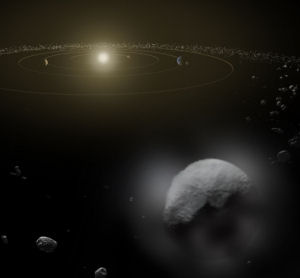
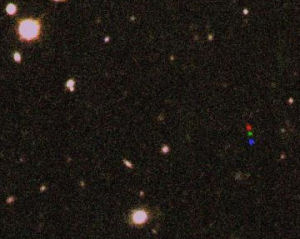
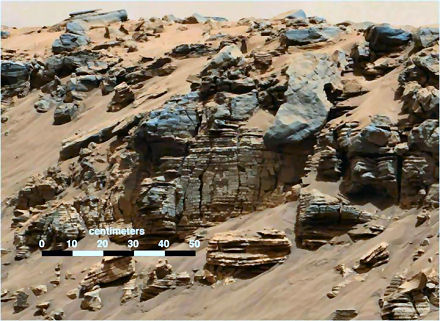
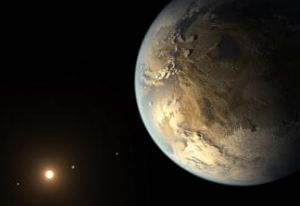
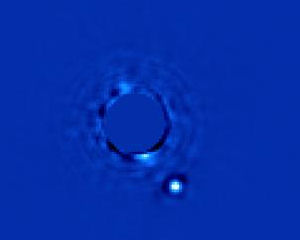
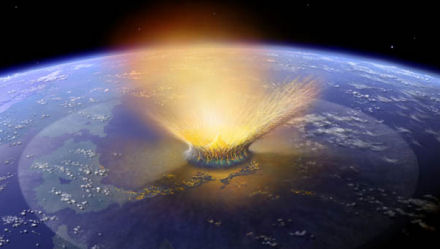











Comments are closed.